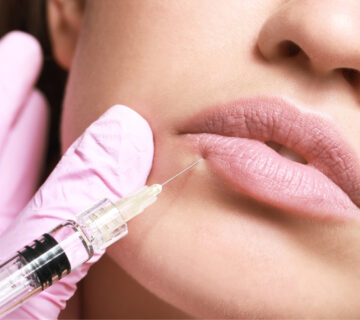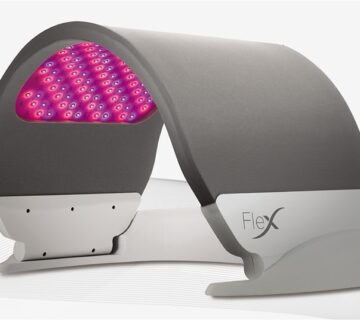Have you ever wondered about the origins of Hyaluronic Acid (HA), that magical ingredient often touted in skincare? Here, Dr Anamica demystifies HA, explores its roots and its role in skincare, and debunks the myths surrounding its application.
 The Greek Connection: A Glimpse into HA’s Origin
The Greek Connection: A Glimpse into HA’s Origin
Hyaluronic Acid derives its name from the Greek word Hyalos, which means vitreous or glass-like. Interestingly, it was initially isolated from the vitreous humour of the eye, unveiling its connection to the Greek concept of glass-like clarity. This discovery laid the foundation for understanding HA’s natural occurrence within the human body.
It’s more than just a buzzword in the beauty industry. It’s a complex sugar that occurs naturally in various parts of our body – in our eyes, joints, cartilage and the collagen bundles of our skin. Beyond its organic presence, scientists have harnessed the power of HA in laboratories, producing it as a key ingredient in skincare products.
In the realm of skincare, HA manifests in different forms: as a cream or serum for topical application and in a gel form as an injectable known as a Dermal Filler. These applications aim to revitalise the face, enhance lips or act as a skin booster for heightened hydration.
Separating Fact from Fiction: The Truth About Topical HA
Media hype often clouds the skincare landscape, leaving consumers uncertain about the real benefits of trendy ingredients like Hyaluronic Acid. At Faciem, we strive to cut through the noise, offering clarity and knowledge to empower your skincare choices.
In dermatology, we use the term ‘topical’ for everything applied to the skin, from moisturisers to retinoids. Many HA-infused products claim to increase skin hydration and create a plumping effect. The truth lies in the size of the HA molecules or its derivative, sodium hyaluronate. While larger molecules may sit on the skin’s surface, providing a temporary hydration boost, smaller molecules penetrate deeper, offering more lasting benefits. The key is to stimulate the skin to produce its own HA, promoting long-term hydration and plumpness.
The Art of Boosting HA: Your Skin’s Natural Harmony
True hydration originates from the dermis, below the epidermis. The fibroblast, a crucial dermal cell, produces Hyaluronic Acid when active. Encouraging this natural process is the most effective way to increase HA within the skin. Newer nano-sized HA molecules penetrate deeper, providing enhanced results.
Vitamin A, a cornerstone in dermatology, plays a pivotal role in activating fibroblast cells, improving dermal hydration. A well-functioning epidermis retains water within the dermis, preventing trans-epidermal water loss and promoting soft, smooth, and well-hydrated skin.
However, it’s a delicate symphony and too much of a good thing can have adverse effects. Excessive use of externally applied HA serums may lead to skin irritation and counter-productively switch off fibroblast activity, causing dryness. Achieving the right balance requires expert guidance and personalised advice.
As I conclude, remember that skincare is a science, and informed choices lead to optimal results. Stay tuned for more insightful blogs, covering a host of topics from looking after your skin to the latest in aesthetic innovations.
Until then, goodbye, and keep your skincare elevated! I look forward to seeing you soon at the clinic.
Dr Anamica xx

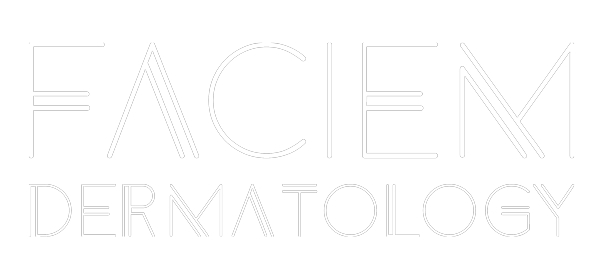
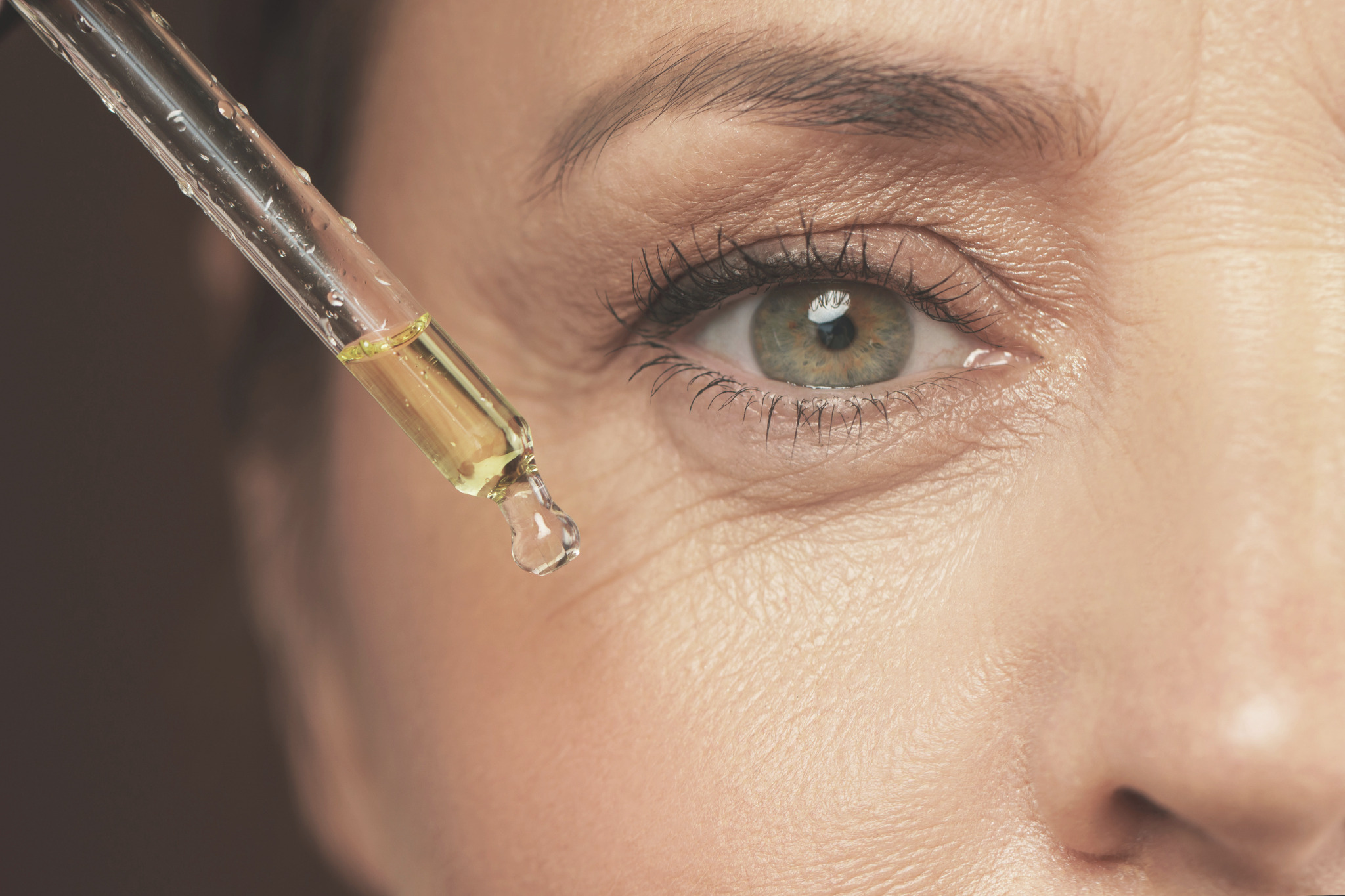
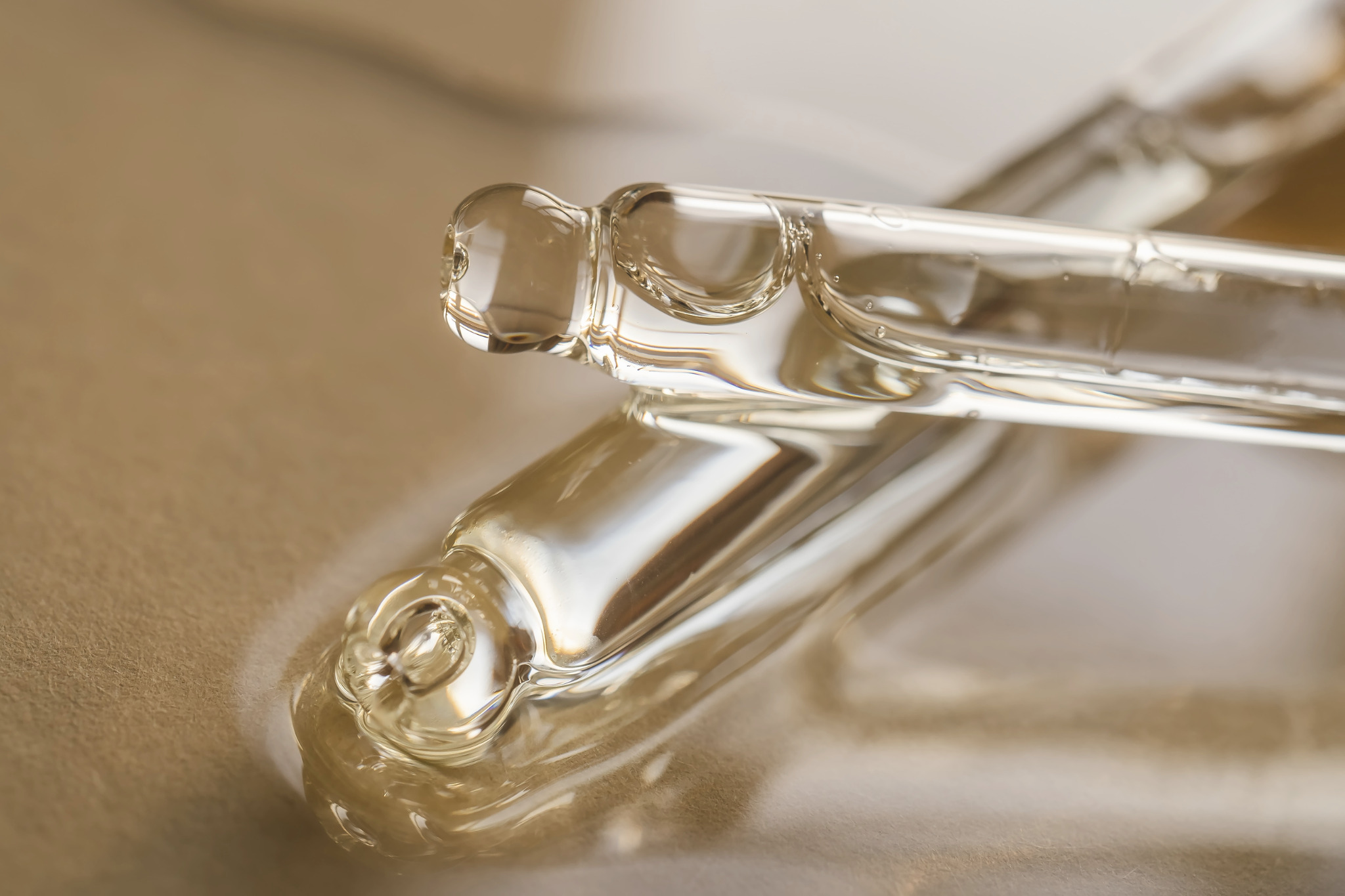 The Greek Connection: A Glimpse into HA’s Origin
The Greek Connection: A Glimpse into HA’s Origin